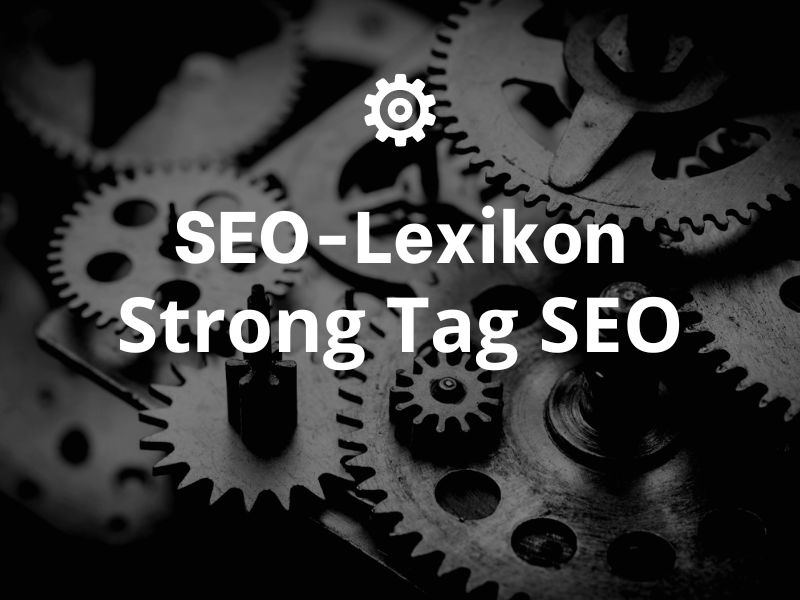1. what are Strong Tags?
Strong tags are HTML tags that emphasize text in a web document by making it stand out or bold. They are an important part of the Search engine optimization (SEO), as they help search engines analyze and interpret the content of a page.
Strong tags can be used to emphasize keywords and key phrases that are important for the Search engine optimization are important. These tags can help improve the visibility of a website in search results.
2. how to use Strong Tags?
Strong tags are usually inserted into HTML code. They are able to highlight text elements within a web document and make them stand out in search engine algorithms. Using Strong Tags can help certain words or phrases rank higher in search results.
To use Strong Tags, you must include the appropriate HTML code in your web documents. This can be done using an HTML editor. Once you have inserted the HTML code, you must then emphasize the appropriate keywords and key phrases to make them stand out to search engine algorithms.
3. how can Strong Tags help?
Strong tags can help improve a website's visibility in search engine results. They can help highlight certain words or phrases that are important for search engine optimization.
Strong tags can also help improve the reading flow of web content by helping users identify specific words or groups of words. This can help make the content better for users, which in turn improves usability and search engine optimization.
4) Where should you use Strong Tags?
Strong tags should be used in the main sections of web documents to highlight important keywords and phrases. They should also be used where content is searchable, such as in blog posts or product pages. They should also be used in headings and subheadings to improve reading flow.
5. conclusion
Strong tags are an important part of search engine optimization. They can help highlight certain words and phrases and help search engine algorithms. They can also help improve the reading flow of web content and enhance the user experience. They should be used in the main sections of web documents, blog posts and product pages to highlight keywords and phrases.
« Back to Glossary Index






 By
By 